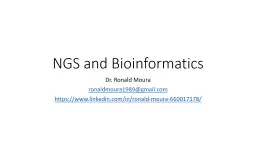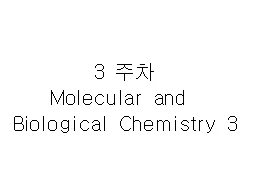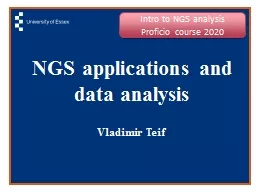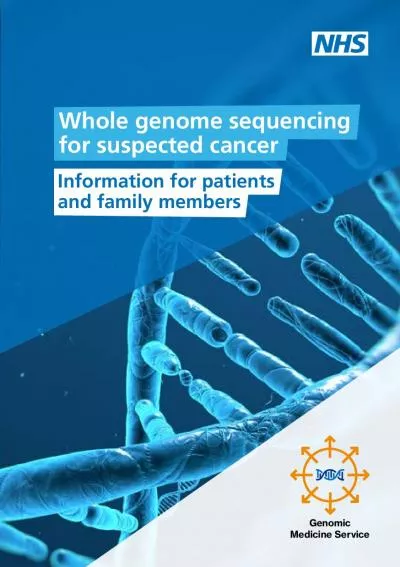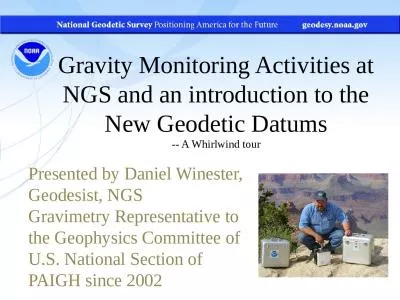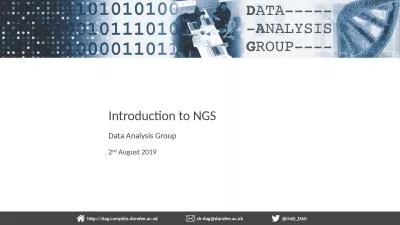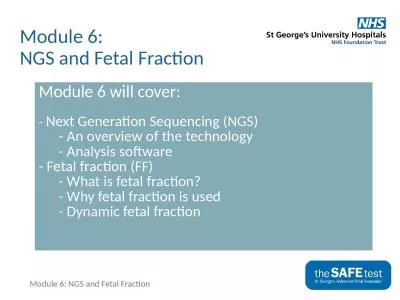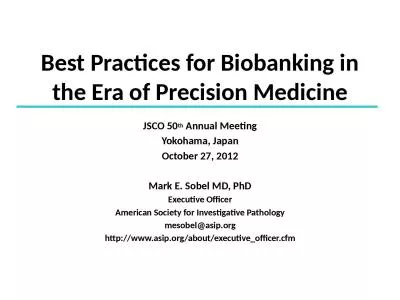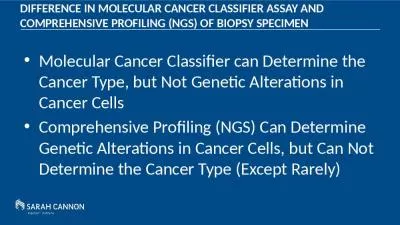PPT-Recent applications of NGS sequencing in cancer studies
Author : pamella-moone | Published Date : 2016-03-03
Andrew Gentles CCSB NGS workshop September 2012 Youve slogged through QC trimming alignment realignment variant calling What next Mutational processes molding the
Presentation Embed Code
Download Presentation
Download Presentation The PPT/PDF document "Recent applications of NGS sequencing in..." is the property of its rightful owner. Permission is granted to download and print the materials on this website for personal, non-commercial use only, and to display it on your personal computer provided you do not modify the materials and that you retain all copyright notices contained in the materials. By downloading content from our website, you accept the terms of this agreement.
Recent applications of NGS sequencing in cancer studies: Transcript
Download Rules Of Document
"Recent applications of NGS sequencing in cancer studies"The content belongs to its owner. You may download and print it for personal use, without modification, and keep all copyright notices. By downloading, you agree to these terms.
Related Documents

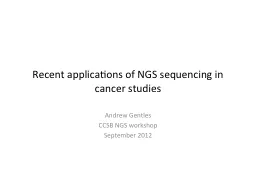
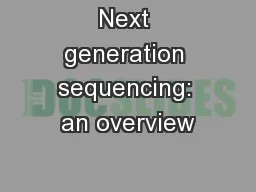

![NGS: Next-Generation [high throughput] Sequencing I: Background](https://thumbs.docslides.com/702160/ngs-next-generation-high-throughput-sequencing-i-background.jpg)
